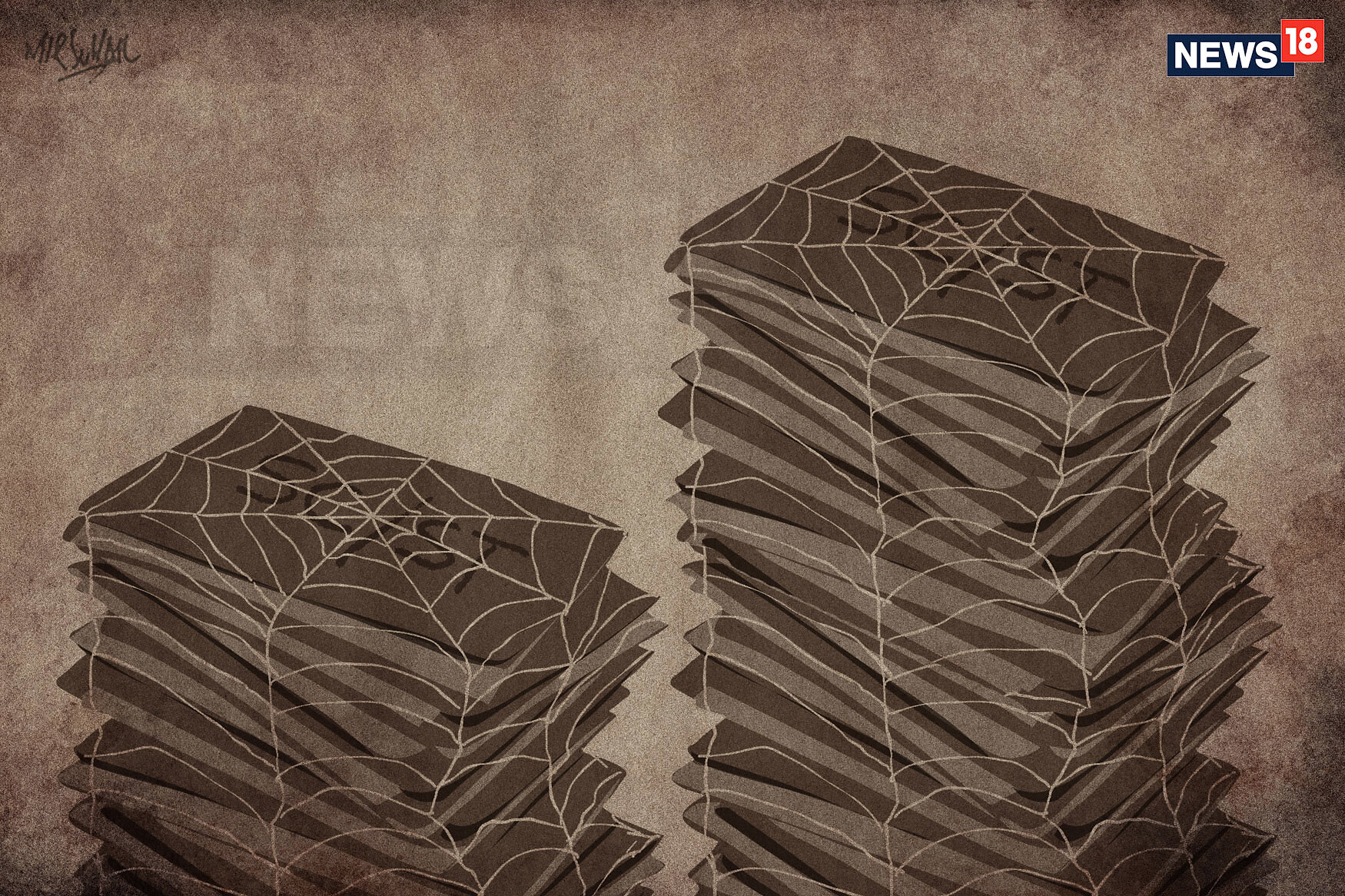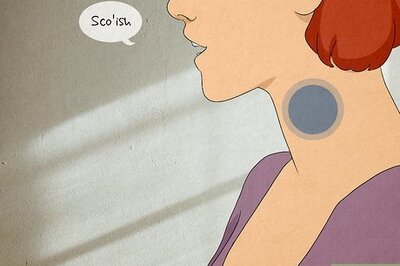
views
A large section of the media portrayed as if the violence that unfolded during the ‘Bharat Bandh’ rallies across the country was wrecked by Dalits themselves. But the reports about the incidents of violence show that violence happened to Dalits. What is also indisputable in light of these facts is the predictable pattern of violence against Dalits each time they have risen in protest.
If one only looks at the names of those who died in incidents of violence across the country on Sunday, most among dead turned out to be Dalits. Rakesh Jatav, Deepak Jatav, Bimal Baudh, Aakash Jatav, Mahabir Singh, Rahul Pathak are those who were killed in Madhya Pradesh.
Those who fired upon Dalits, who were protesting against the dilution to the SC/ST act, showed their desperation in preventing Dalits from exercising their fundamental, democratic right. In Rajasthan, Pavan Kumar was killed in police firing, in Barmer, members of Karni Sena clashed with Dalits, and one more youth was killed in police firing in Uttar Pradesh.
The disturbing thing in the event that transpired on April 2 is not only the individual deaths of Dalits, but a familiar pattern in which Dalit activism is always put down by force. It is put down forcefully, or in connivance with, by those who enjoy social and political heft in national power corridors and those who claim to represent the wishes of the 1.2 billion strong Indian democracy.
History and statistics bear testimony to how law has been used repeatedly to suppress Dalits, tribals and other socially backward sections of the society. Nobody disputes the fact that it is only during protests from these sections of the society that police fires more aggressively than it does in other cases.
So oppressive is the systemic reaction to Dalit movements that even when Dalits try to break out of caste politics and vote for a candidate of their choosing they they are killed, and their houses set on fire.

Is it a mere coincidence that the states which saw maximum incidents of violence on April 2 are from the same regions - Madhya Pradesh, Uttar Pradesh, Rajasthan, in North India - which have seen most cases of crimes against Dalits? Most cases of rape of Dalit women are reported unsurprisingly from these regions. It is, therefore, not hard to deduce that the oppressors, seeing Dalits come out on roads against them on Monday, had a personal stake in brutally putting them down?
The April 2 movement was perhaps unique in the overwhelming response ordinary citizens got when they called for a people's movement against dilution in the SC/ST act, sans any political party interference.
Without caring for patronage from any party, small, gradual ripples across the country created a huge wave in the end. The response to Bharat Bandh was so enormous that even the ruling party, which boasts of having maximum Members of Parliament from socially backward classes, was taken aback by the success of the movement.
To analyse the violence that unfolded in the country on April 2, it is perhaps important to note that the states from which most of the violence was reported are governed by the BJP. Punjab has the highest percentage of Dalits in the country, but hardly one instance of serious violence was reported from there.
It is a given that any party that is in power, in order to maintain its sway over the people, gives its members a licence to exercise the party's writ, even if it means breaking laws. And the state paraphernalia is unlikely to actively obstruct them, as they go about silencing critics and taking down the opposition. Take, for instance, the attack on Dalit protesters by Karni Sena men in Rajasthan.
The attitude on display by those in power toward the protests of April 2, if one sees their social break-up and their equations with the parties in power, one understands why the protests were treated differently than protests that have broken out in other states lately.
The examples are the Jat agitation in Haryana or the protests carried out but Karni Sena in Rajasthan. Despite having carried out several acts of violence, including arson and murder, police's attitude toward these mobs was far milder. At the same time, consider how disproportionately heavy handed was the police response in case of the Bhima Koregaon protests.
The coverage and administrative actions during April 2 protests were clear examples of blatant biases in both departments of the society. Whenever weaker sections rise in protest and demand to be treated equally, they are alleged to be dividing and breaking up the society. They are held guilty of promoting casteism.
The April 2 protests also show us one other important social phenomenon. They show the restlessness and hunger among young Dalits of this country. And each Dalit youth who came out on roads that day knows there are thousands, if not millions, across the country who feel the same way. The systemic murder of Rohit Vemula in Hyderabad University and the manner in which the Supreme Court on March 20 diluted the provisions of the Scheduled Castes and Scheduled Tribes (Prevention of Atrocities) Act, has shaken the confidence of Dalits across the country and made them feel more insecure than ever before.
But, having said all this, there is one final thing to be acknowledged about what happened on Sunday.
The manner in which the young and the old, men and women, from Dalit communities in cities and villages, across the country came out to protest on April 2 to demand the right to live with dignity, will go down in history as the first chapter in a new narrative that is unfolding right in front of us.
(The author is a senior journalist. Views expressed are personal.)




















Comments
0 comment